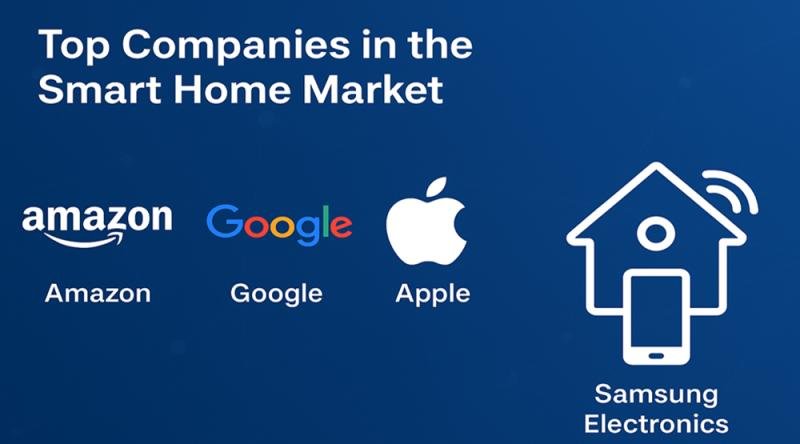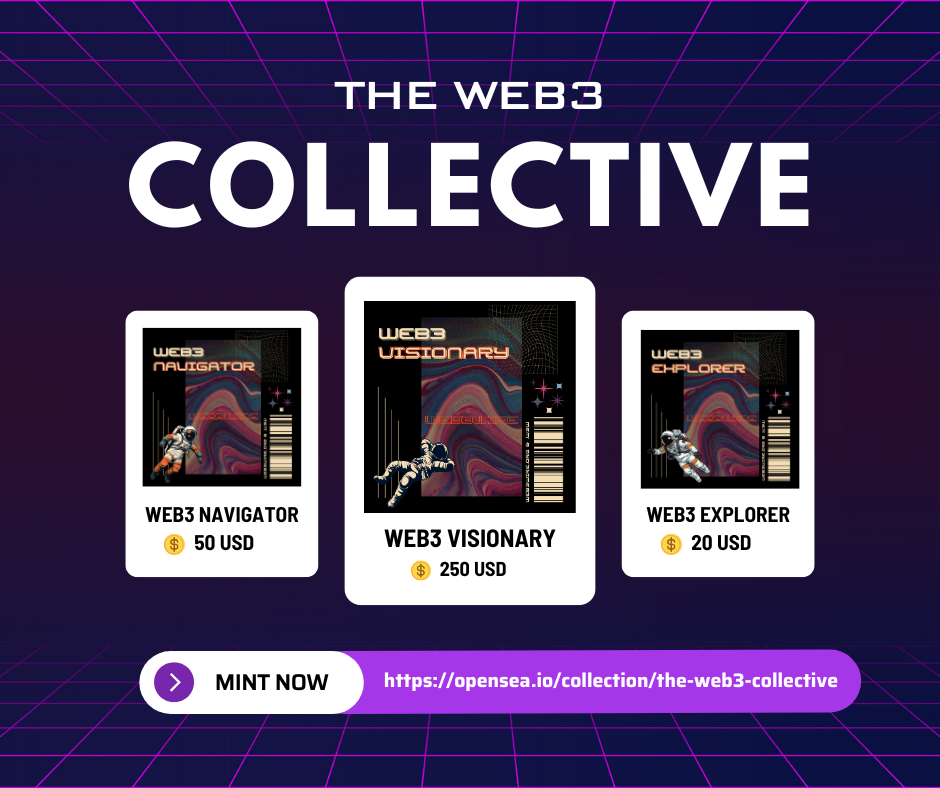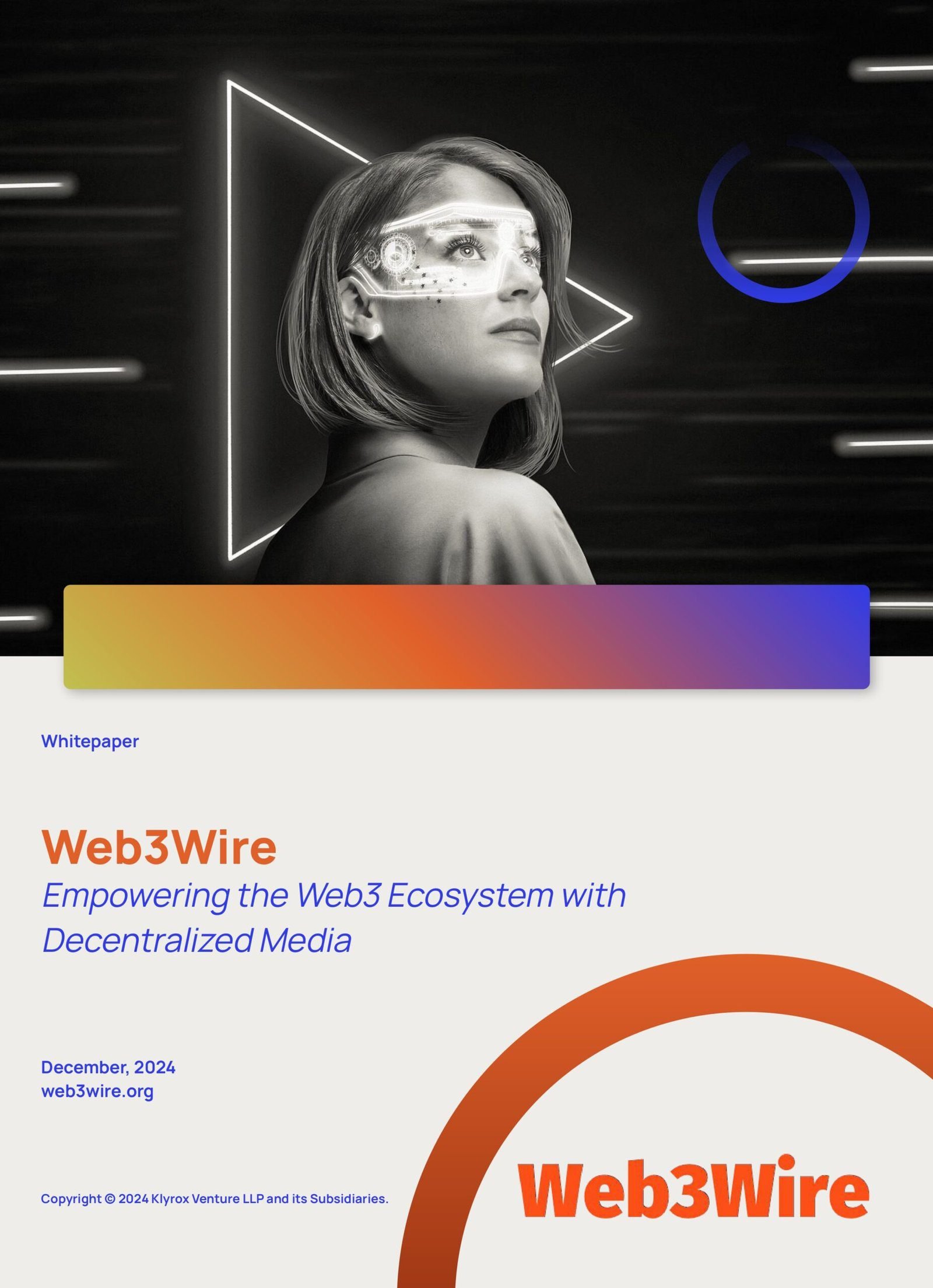The smart home market continues to mature as leading technology companies refine their hardware ecosystems, AI-enabled platforms, and integration capabilities. Competitive positioning is increasingly shaped by interoperability standards, security advancements, and differentiated user experiences. As consumers adopt connected lighting, thermostats, security devices, and voice assistants, companies are expanding their presence through acquisitions, partnerships, and software-driven innovations. Below is a strategic review of top companies, their competitive strengths, a combined SWOT analysis for the sector, and the most relevant investment opportunities shaping the smart home landscape.
➤ Request Free Sample PDF Report @ https://www.researchnester.com/sample-request-6059
Top Companies & Their Strategies
1. Amazon
Amazon remains a pivotal player in the smart home market through its Alexa ecosystem, Echo devices, Ring security solutions, and a wide range of compatible third-party devices. Its strength lies in deep integration across home automation categories and a vast services ecosystem that enhances device stickiness. Amazon’s strategy focuses on interoperability through the Matter standard, cost-efficient devices, and software-driven personalization that strengthens user engagement.
2. Google
Google’s Nest portfolio continues to define its positioning in the smart home market, supported by Google Assistant and strong AI analytics. The company leverages its leadership in machine learning to deliver adaptive thermostats, cameras, and doorbells with premium features. Its strategy emphasizes seamless integration across Android and Google Home, driving a holistic ecosystem that appeals to consumers comfortable with Google’s service-first architecture.
3. Apple
Apple competes through its HomeKit framework and premium hardware ecosystem, focusing on privacy, security, and user experience. While more selective in product breadth, the company benefits from deep integration across iPhone, iPad, and the broader iOS ecosystem. Its competitive strength comes from loyal customers, premium positioning, and tight control over device compatibility.
4. Samsung Electronics
Samsung’s SmartThings ecosystem has gained traction through its appliance lineup, smartphones, and IoT hub. Samsung differentiates itself with cross-category integration-from TVs and refrigerators to sensors and lighting controls. Its strategy centers on openness, AI-powered automation, and multi-device synchronization that leverages Samsung’s global footprint.
5. Xiaomi
Xiaomi is a dominant force in Asia and continues expanding globally with affordable, high-performance IoT devices. The company’s competitive advantage lies in cost leadership and wide SKU diversity, from air purifiers and surveillance cameras to smart lighting and wearables. Xiaomi’s cloud platform and Mi Home app support large-scale ecosystem adoption.
➤ Get deeper insights into competitive positioning and strategic benchmarking: Download our sample Smart Home Market report here → https://www.researchnester.com/sample-request-6059
6. Philips Hue (Signify)
Signify, through its Philips Hue brand, remains a leader in smart lighting innovation. The company focuses on advanced color lighting systems, compatibility with major voice assistants, and consumer-friendly customization. Its strategy includes premium product innovation and a strong distribution presence across North America and Europe.
7. Arlo Technologies
Arlo specializes in connected security cameras and doorbells with an emphasis on video quality, cybersecurity, and subscription-based monitoring services. Its competitive positioning stems from device performance, cloud-native features, and its independence from broader tech ecosystems-appealing to customers seeking specialized home security solutions.
8. Ecobee
Ecobee is best known for its smart thermostats but continues diversifying into sensors, security devices, and energy management tools. The brand’s advantage comes from energy-saving algorithms, user-centric design, and seamless integration with Amazon, Apple, and Google ecosystems. Ecobee also benefits from adoption within utility-driven home energy programs.
➤ View our Smart Home Market Report Overview here: https://www.researchnester.com/reports/smart-home-market/6059
SWOT Analysis
Strengths
Leading companies in the smart home market benefit from strong ecosystem integration, user-friendly interfaces, and cross-device interoperability. Their AI-driven automation capabilities allow them to differentiate through personalized experiences that improve energy efficiency, security, and convenience. Many top brands also possess vast distribution networks and global market recognition, enabling them to scale quickly and influence consumer purchasing behavior. Additionally, adherence to emerging interoperability frameworks strengthens product compatibility and reduces consumer friction.
Weaknesses
Despite rapid growth, companies face challenges related to fragmentation of platforms, requiring continuous updates to maintain compatibility. Device security concerns and data privacy issues create consumer hesitation, especially in regions with strict regulatory frameworks. Some vendors also struggle with hardware margins due to intense price competition, particularly from cost-advantaged Asian manufacturers. Limited standardization in device communication protocols has historically hindered seamless user experiences, adding complexity to setup and integration.
Opportunities
The smart home market offers strong opportunities in AI-driven insights, integrated energy management, connected security platforms, and subscription-based services. The shift toward unified standards like Matter reduces fragmentation and enables more companies to scale across device categories. There is substantial room for expansion into emerging markets where smartphone adoption is rising and cost-effective devices are highly attractive. Additionally, partnerships between utilities, telecom operators, and device manufacturers open avenues for bundled services, enhancing long-term recurring revenue potential.
Threats
Competition is intensifying as both global technology giants and regional manufacturers expand aggressively into the smart home ecosystem. Cybersecurity threats and data breaches pose significant reputational risks that could disrupt user trust. Policy changes related to data governance and cross-border data flow may also impact operational flexibility. Finally, economic uncertainty and fluctuations in consumer spending could slow discretionary purchases of non-essential smart home devices.
➤ Interested in a customized SWOT for your target competitor? Request your tailored assessment → https://www.researchnester.com/sample-request-6059
Investment Opportunities & Trends
Investment activity across the smart home market continues to accelerate, driven by the convergence of sensors, software intelligence, energy optimization, and home security. Cross-category integration-particularly between appliances, lighting, security, and digital assistants-is a major theme attracting corporate and venture investment. Many investors also recognize the long-term value in subscription-based smart home ecosystems, including monitoring services, home energy management, and cloud analytics.
Key Investment Themes
• M&A activity has been strong as major brands acquire niche players specializing in video analytics, cybersecurity, and home automation software.
• Startup funding is flowing toward companies working in AI-driven home security, predictive maintenance, and interoperable device frameworks.
• Technology integration remains a high-priority theme, particularly in areas such as voice recognition, ambient sensing, and low-energy connectivity.
• Regional expansion is evident in Asia-Pacific and the Middle East, where urban development and rising disposable incomes increase adoption of smart home solutions.
Active Segments & Regions Attracting Capital
Security devices, smart lighting, connected appliances, and energy management systems remain top targets for investment. North America and Europe continue to see strong funding for premium brands focused on privacy and interoperability, while Asia-Pacific attracts capital due to mass-market scalability and manufacturing strength.
Notable Moves in the Past 12 Months
• Multiple acquisitions have centered on improving home security intelligence, such as companies purchasing camera analytics and cloud monitoring platforms.
• Several major brands released new device lines compatible with the Matter standard, highlighting industry-wide commitment to interoperability.
• Funding rounds strengthened the position of startups in home energy management and AI-enabled sensors.
• Policy updates in regions such as the EU created more defined expectations for device security and consumer data protection, influencing product design and compliance strategies.
➤ Request Free Sample PDF Report @ https://www.researchnester.com/sample-request-6059
Related News:
https://www.linkedin.com/pulse/device-service-market-next-big-thing-tech-enterprises-llvzf/
https://www.linkedin.com/pulse/why-mobility-service-market-crucial-sustainable-biohealth-trends-gfnbf/
Contact Data
AJ Daniel
Corporate Sales, USA
Research Nester
77 Water Street 8th Floor, New York, 10005
Email: info@researchnester.com
USA Phone: +1 646 586 9123
Europe Phone: +44 203 608 5919
About Research Nester
Research Nester is a one-stop service provider with a client base in more than 50 countries, leading in strategic market research and consulting with an unbiased and unparalleled approach towards helping global industrial players, conglomerates and executives for their future investment while avoiding forthcoming uncertainties. With an out-of-the-box mindset to produce statistical and analytical market research reports, we provide strategic consulting so that our clients can make wise business decisions with clarity while strategizing and planning for their forthcoming needs and succeed in achieving their future endeavors. We believe every business can expand to its new horizon, provided a right guidance at a right time is available through strategic minds.
This release was published on openPR.














